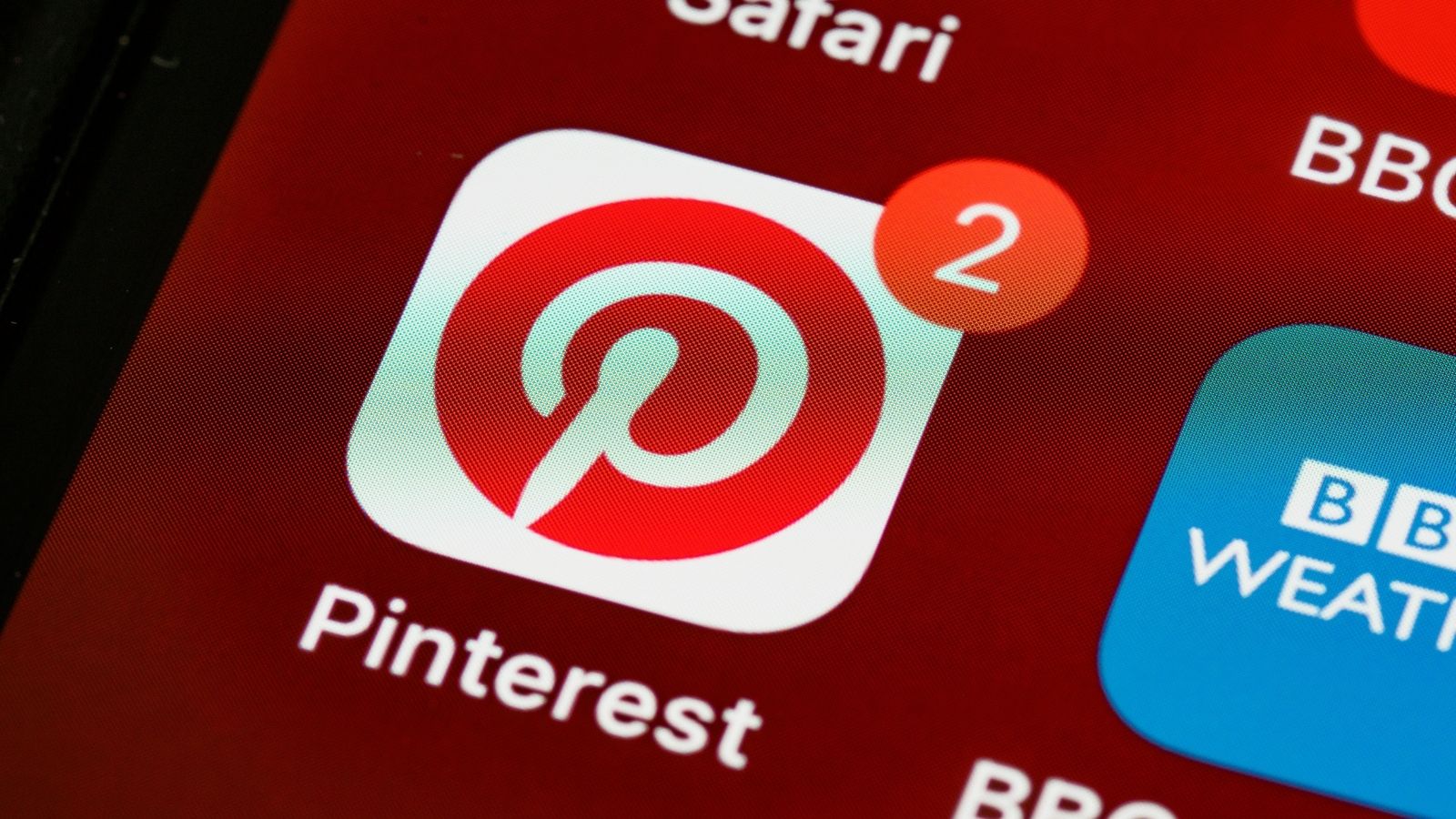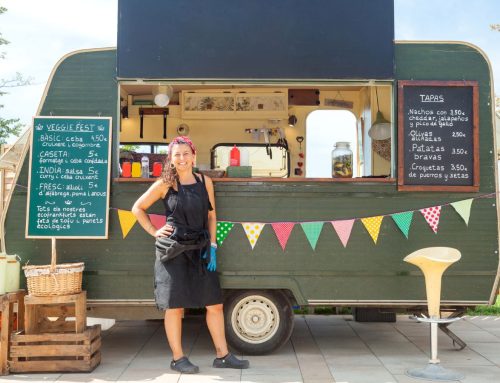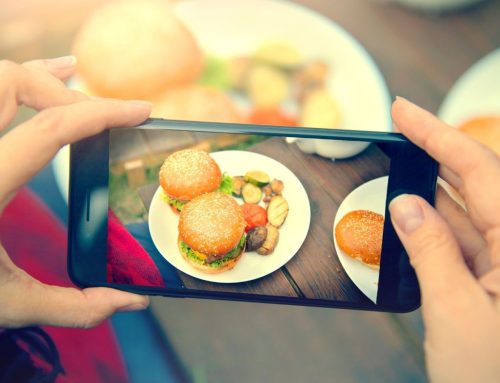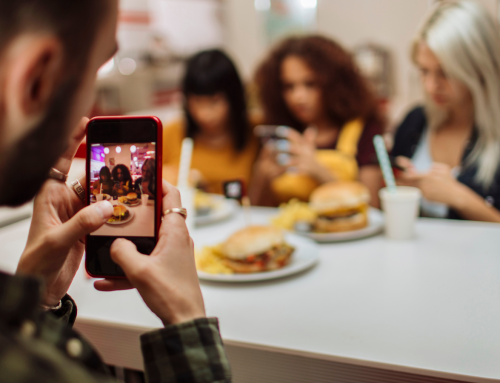Many people have only heard about Pinterest from the consumer side. They know how to create boards — perhaps for recipes or wedding ideas — and then pin what they like to these boards. But today, we’re going to take a closer look at this social network and how restaurants can benefit, with 10 specific tactics that will help you to use Pinterest for restaurants.
But before we dive into the specifics of how to use Pinterest for restaurants, let’s first look at what makes this social network a powerful tool for restaurants of all shapes and sizes.
Why Is Pinterest Important for Your Restaurant Strategy
It’s an exciting time to be a restaurant.
Why?
Because of social networks like Pinterest.
As of right now, Pinterest has around 444 million monthly users. Just imagine that for a moment. Hundreds of millions of people, just scrolling through Pinterest, looking for new ideas and inspiration.
And Pinterest is unique from other networks like Facebook and Instagram, where many users primarily enjoy using the network to connect with friends and family. On Pinterest, they are looking to interact with new ideas and places. They want to see what businesses like yours are doing.
It’s the perfect environment for restaurants to share a variety of content, including food pics, menus, recipe videos, and more.
And, as the cherry on top, many of the features and tactics that you’ll use on Pinterest are completely free.
Free.
What other marketing and advertising tools can you think of that are completely free?
Not many.
So why not take advantage of it?
Let’s now dig into the specifics, with 10 tactics that will help your own restaurant to succeed on Pinterest.
10 Essential Strategies to Take Advantage of Pinterest for Restaurants
1. Claim Your Business on Pinterest
Everything you need to do when it comes to using Pinterest for restaurants starts with a business account.
Creating a business account is very easy — right from the signup page, you will see an option to create a business account. From there, you will enter your email, password, and age.
If you already have a Pinterest account, you have the option to link it to a business account under the same email or to simply convert that personal account into a business account.
Once you have your business account, it’s time to claim your website. This establishes a connection between your website and Pinterest and really opens many more doors for how you can promote your restaurant on the network.
There are three ways that you can claim your website on Pinterest.
- Add an HTML tag to your website.
- Upload an HTML file to your website.
- Add a DNS TXT record to your website.
This may feel complicated, especially if you’re not a website developer, but Pinterest has published articles that break down the process and make it as seamless as possible.
Once you have claimed your business on Pinterest, it allows you to do many more things. For example…
- You will have access to analytics for pins that you and others post from your website.
- Your Pinterest profile picture will show up with all posts that come from your site, along with a Follow button for your profile.
- You will be able to use rich pins — more on these later.
2. Create a Diverse Selection of Boards
Boards are an essential way to organize your Pinterest account. Create boards that interest and educate your audience.
Potential Pinterest boards for your restaurant might include…
- Recipes
- Cocktail recipes
- Wine pairings
- Cooking tips
- Table settings
- Restaurant decor
- Holiday recipe ideas
- Customer photos
And there are so many more possibilities — brainstorm other board ideas with your team to see what has the most potential for your restaurant.
Also, feel free to be creative with your board titles. Depending on the style of your restaurant, something spunky or tongue-in-cheek might really play up to your customer’s mood.
3. Start Pinning
And now we get to the exciting part of Pinterest — the pins themselves.
When it comes to pinning, consistency is really key. While you do need to populate your boards, avoid loading hundredss of pins in one day. This might overload your customers’ feeds and annoy them.
Instead, create a pinning strategy where you post a few different pins each day.
These pins could be from your own website or from other websites that you admire or that have content you think would interest your audience.
There are a few different options for pinning. You could upload the URL and information onto Pinterest. You could also use a Pin button on the website page, if it has one.
By far, the easiest option is to use a “Pin It” button, which you can create as an extension on your browser (Click here to learn how to do this on your own browser). This way, whenever you see a picture you want to save to a board or a helpful article, you just need to click the “Pin It” button in your browser and you will be able to save it to whatever board you like.
4. Repin
Extend your pinning strategy by including pins from other boards on the network. This really contributes to the social aspect of the network — repinning from other peoples’ boards helps others as well as yourself. Repinning also gives you access to many more great ideas that would be hard to find on your own.
Simply use the search bar in Pinterest to enter a topic and scroll through the pins until you find ones that fit your strategy.
For example, if you have a Mexican restaurant, you might search “Mexican dishes,” “Mexican restaurant decor,” or “Mexican cocktails.” Play around with your keywords to see what interesting pins you can find.
5. Post Your Menu
Create a board to display all of your menu items. This makes your menu a more visual experience.
First, create your menu board — give it a straightforward title, such as your restaurant + menu.
Once your board is established, create a pin for each menu item. This will include a picture, a title, a description, and a link to your website where they can view your entire menu and place an online order.
Related Content: Online Ordering: 8 Powerful Ways It Can Help Your Business
6. Highlight Events in Your Area
Your restaurant does not live in a bubble — and your Pinterest account should reflect that. Show your community and fellow local businesses some love by creating a board all about them.
If you live in an area like Boston, this board could be “Things to Do in Boston” or “What’s Going on in Beantown.”
Use this board to pin local attractions, events, and news. It could be a pin about your local museum, the latest latte from a local coffee shop, or an outdoor concert happening in your neighborhood.
This board helps local businesses but also helps your audience know what they can do in the area before and after their visit to your restaurant.
7. Encourage Collaboration
A Pinterest strategy doesn’t have to fall on one person. Pinterest makes it easy to invite others to collaborate on certain boards. This is a great way to get others involved without handing over the reins of your entire Pinterest account.
For example, you might give one of your chefs access to your Latest Dinner Creations board and ask him or her to add pictures and descriptions from time to time.
Look for different members of your staff who you think could contribute meaningfully to a board. All they need to have is their own Pinterest account for you to invite them to collaborate.
8. Leverage SEO on Pinterest
If you’ve heard of SEO, you’ve probably heard about it in terms of Google. But Pinterest has its own SEO ecosystem — and with the right know-how, you can navigate it like a pro.
If you’ve never heard of SEO before, it stands for search engine optimization. It’s the process of optimizing the content you share in order for Pinterest’s search engines to recognize it. Then, when someone searches for that topic, your content can appear in the results. This allows for new people to discover your Pinterest account and restaurant — and ultimately, become a fan.
Good SEO starts with the right keywords. Start brainstorming what keywords are associated with your industry — perhaps, following the same Mexican restaurant example we used previously, you might come up with keywords like Mexican recipes, Mexican cocktails, and Mexican dishes. As you keep going, you can probably come up with even more keywords.
Once you’ve chosen your keywords, then, you can make sure that these words appear in the titles and descriptions of your boards. Don’t do this in an overly-spammy way, but in a way that looks and sounds natural.
9. Use Rich Pins
Rich pins are pins that have a special function and provide extra information to your audience. There are currently three types of rich pins, including…
- Product pins – A product pin includes pricing information and a link to where someone can purchase it. These could be great for dishes that people can order online, pre-packaged food, or gift cards that people can order from your restaurant.
- Recipe pins – A recipe pin includes ingredient and serving size information right under the title of the pin. With these pins, you can feature special recipes from your restaurant that people can try at home.
- Article pins – Displays the article title, description, and author’s name. These can be great if your website has a blog or news page that you think the Pinterest community would enjoy.
These rich pins can be a great option to expand your Pinterest strategy. But they don’t appear automatically in your account.
First, as we mentioned above, you need to have a business account with a linked website. Then, you need to apply for them from Pinterest, in order to make sure your website is compatible with the rich pins.
10. Monitor Pinterest Analytics
Once your business account is up and running, you will have access to the Pinterest Analytics dashboard. This will give you key information that will guide your strategic decisions as you move forward.
With Pinterest Analytics you will get valuable information, including how many times each photo was repinned, how much engagement each pin received, and which pins people clicked through to get to your website.
Using this information, you can see what styles and kinds of posts got the best results and what flopped. Moving forward, you can concentrate your strategy on what works best for your particular restaurant.
Every restaurant is different and it might take some time to land on the specific strategies that are best for you.
But don’t give up! We believe that using Pinterest for restaurants is a great strategy that has the power to move your restaurant forward.
____________________
Concluding Thoughts on Pinterest for Restaurants
Pinterest is way more than a simple social network — it has a powerhouse of free tools that can help you take your restaurant to the next level!
Let us know in the comments below how you’ve used Pinterest for restaurants and what you think are the most important strategies.
You May Also Enjoy Reading…







Leave A Comment